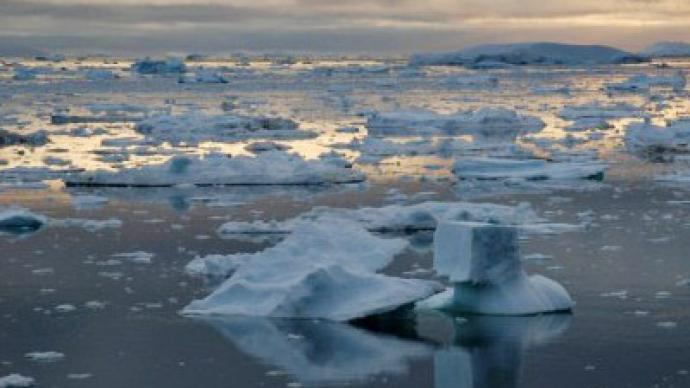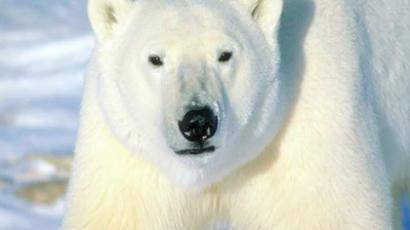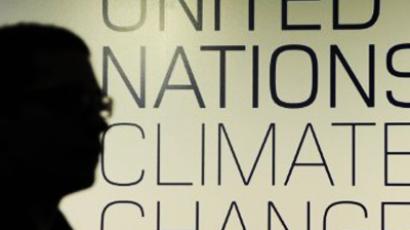Climate change scare: Hot hype 'exposed'

The climate’s vulnerability to carbon dioxide may be not as critical as scientists thought, a new study suggests. If correct, it would mean that urgent calls to policymakers to curb emissions have actually been based on exaggerated forecasts.
Carbon dioxide is released into the atmosphere in huge quantities when fuel is burnt by power plants and cars. It causes more heat to be trapped inside Earth’s atmosphere rather than being released into outer space – a process known as the “greenhouse effect.” As the median temperature rises, it triggers catastrophic changes in the planetary climate – or so the theory goes.
The extent to which CO2 affects global average temperatures may have been exaggerated. The UN’s Intergovernmental Panel on Climate Change (IPCC) said a doubling of the amount of carbon dioxide in the atmosphere would result in a change of 2 to 4.5 degrees Celsius. Not so, says a new study led by Andreas Schmittner of Oregon State University who predicts a less-dramatic rise – at just 2.4 degrees.Schmittner and colleagues took a close look at the Last Glacial Maximum around 20,000 years ago, when average temperature was 2.2 degrees lower than now and amounts of CO2 in the atmosphere were also much lower. Using temperature and greenhouse gas data for that age and the present, they built a computer model estimating the climate’s sensitivity to emissions. It was lower than expected – showing a rise of only 2.4 degrees in response to a doubling of the amount of carbon dioxide.Critics of Schmittner’s paper say his model may be wrong in several ways, from taking too high an estimate of the Last Glacial Maximum temperatures, to underestimating the cooling in Antarctica and the mid-latitudes. And even if accurate, it does not mean that climate change is not a threat to humanity, because even small changes in temperature may have grave consequences.














